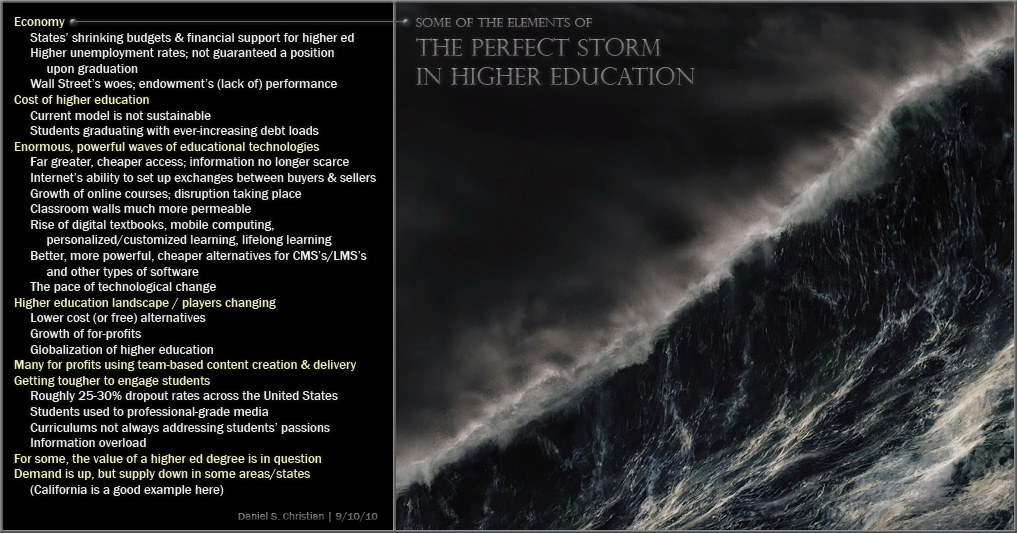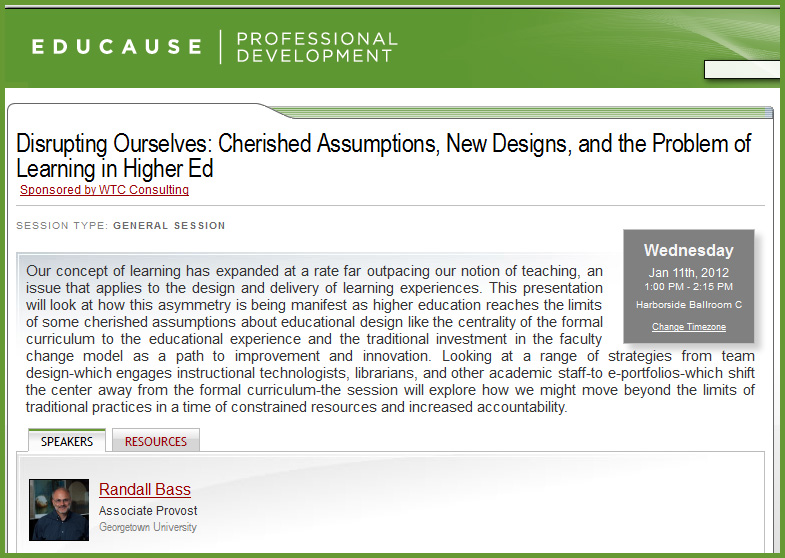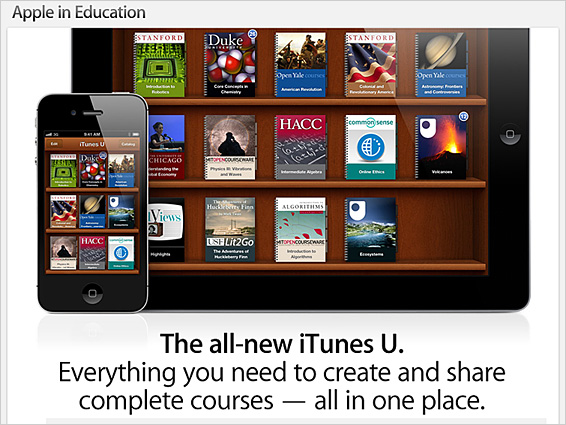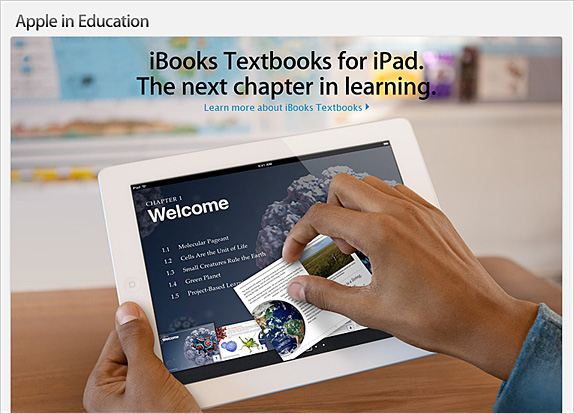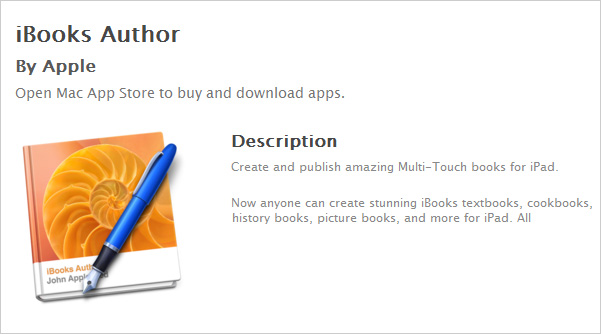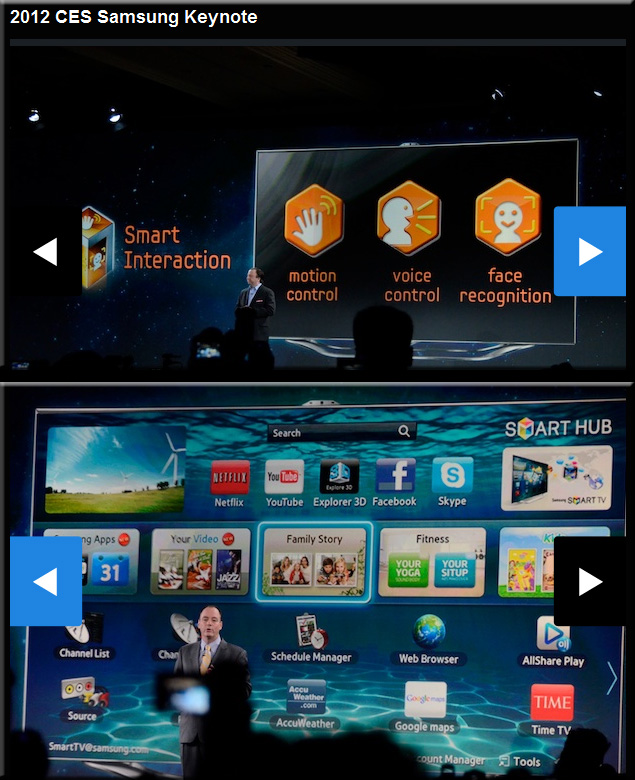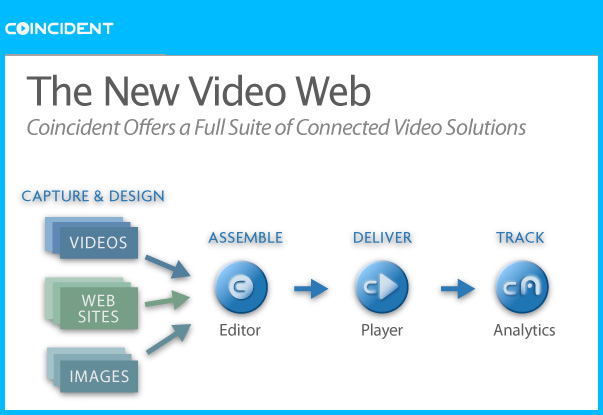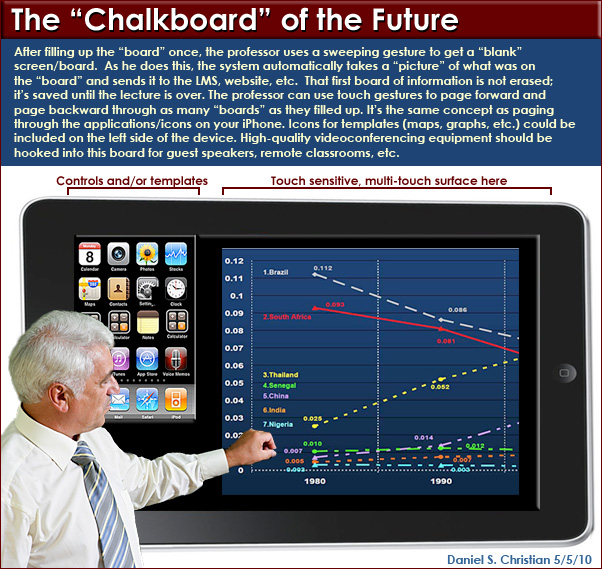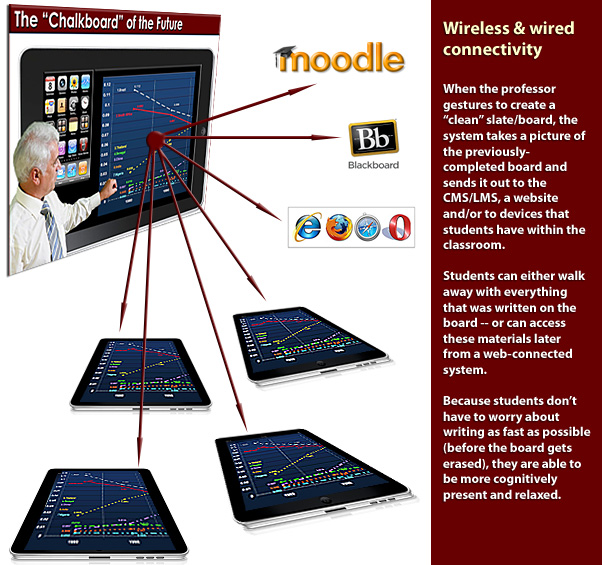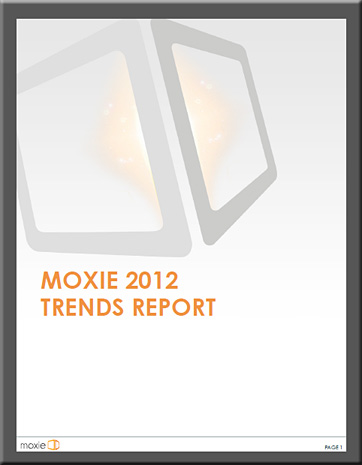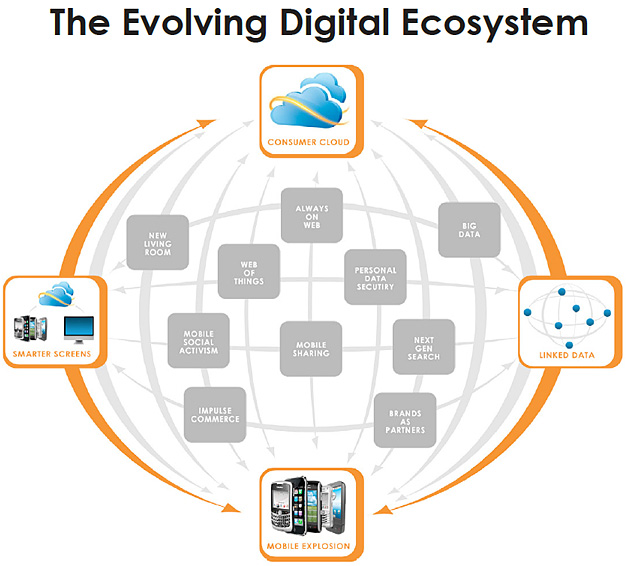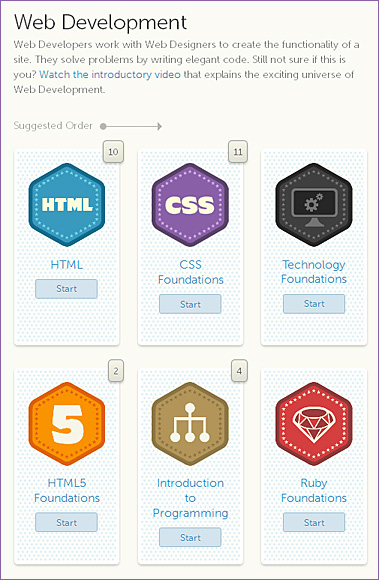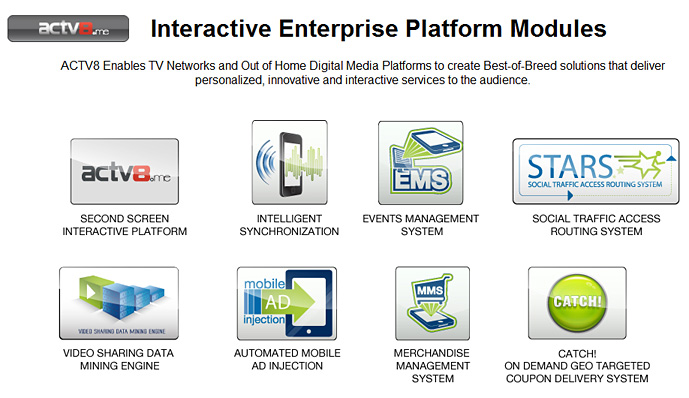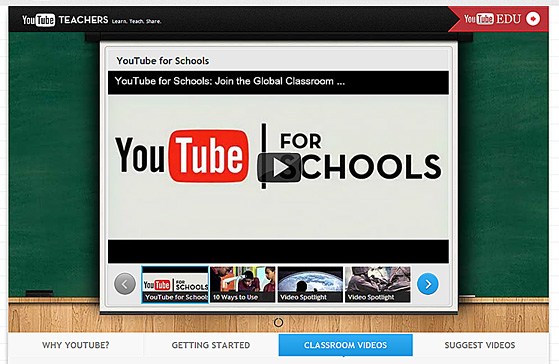This time its personal — from The Journal by Jennifer Demski
Excerpt (emphasis DSC):
Leading Through Technology
Thomas Greaves, CEO of The Greaves Group, an educational consulting firm, takes Cator’s point one step further and says that it’s doubtful personalized learning could happen–or at least, happen well–without the right technological tools in place.
“The student, using technology, is better able to personalize their learning than a teacher is,” he says. “Teachers don’t have time to sit down and study each student, each day, in each course to figure out what they’re going to do differently with them. Teacher-driven personalization ends up being very weak, with very few factors, whereas if the students are leading their personalization via technology, then their instruction can be personalized based on a hundred variables instead of one or two.”
Greaves also seems to suggest that tech-driven personalized learning will, by its very nature, enable individualized learning and that holy grail of teaching, differentiated instruction, in which a teacher adapts classroom instruction to the various needs and skill levels of each student. Historically, differentiated instruction, as a practice, has been incredibly difficult, if not impossible, to implement in a teacher-centered learning environment that is driven by a print-based curriculum. Personalized learning may finally allow individualization and differentiation to actually happen in the classroom.
Ideally, tech-driven personalization combines the best of individualized learning–self-paced, diagnostic-driven–with the ability to adapt to a student’s specific learning styles, interests, and backgrounds. Personalization could be as simple as students compensating for any gaps in their pre-existing knowledge by allowing them to unobtrusively Google unknown terms during group instruction rather than raising their hand, or as sophisticated as students entering information about themselves into a piece of software that selects digital content based on the their interests and skill levels.
From DSC:
And with shrinking budgets, class sizes could easily be rising — making it even more difficult for teachers to try and implement customized/personalized learning without some type of assistance.
We may not be there yet…but we’ll get there. Using a historical analogy:
- Let’s go back to the early 80’s when the personal computer was just starting to be used much and the DEC’s of the world didn’t think much of them. But over time, as Clayton Christensen and Michael Horn pointed out in Disrupting Class, these new inventions picked up features and power, and eventually, they crushed DEC. (Seems to me I heard Kodak was going bankrupt too…)
